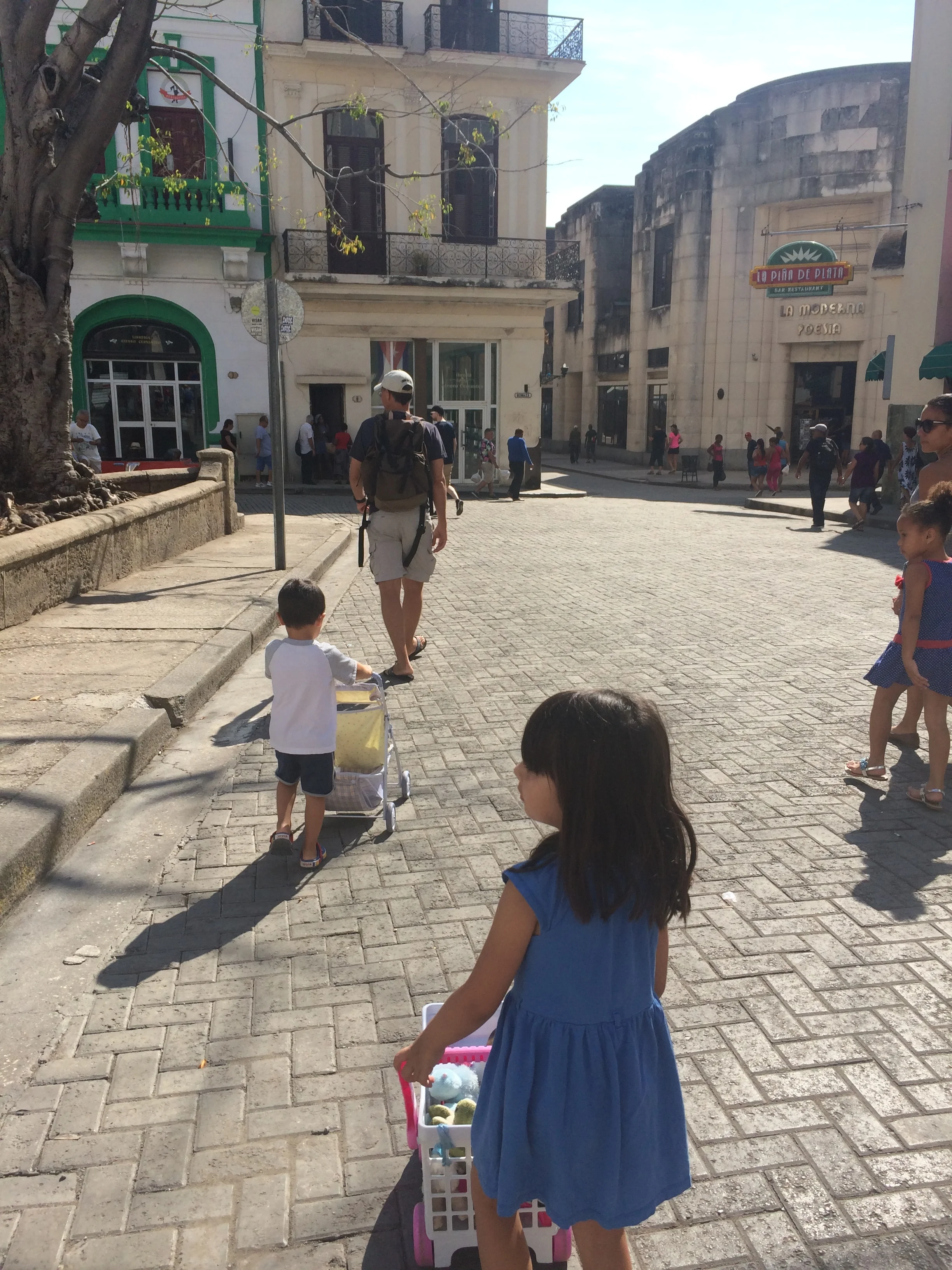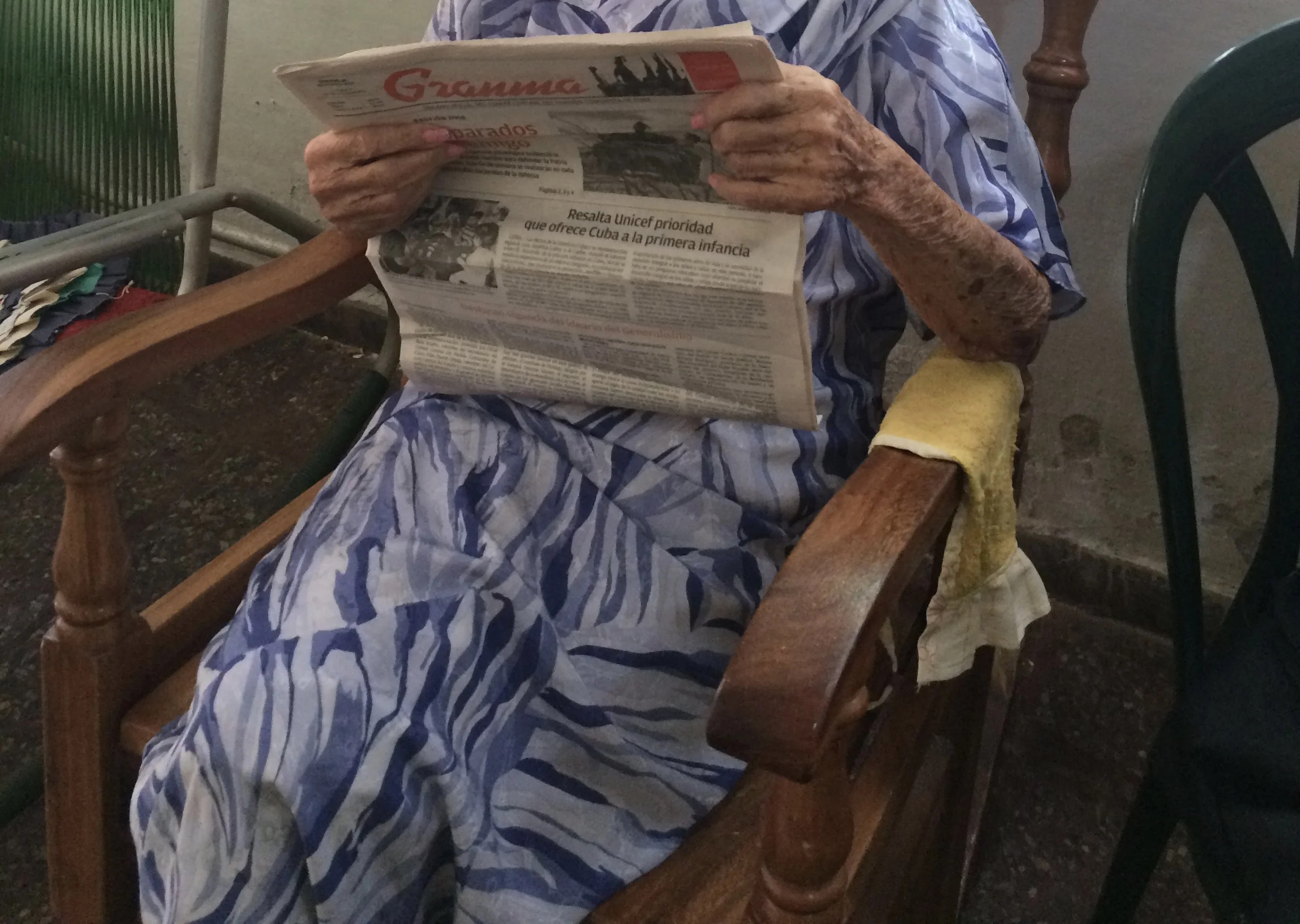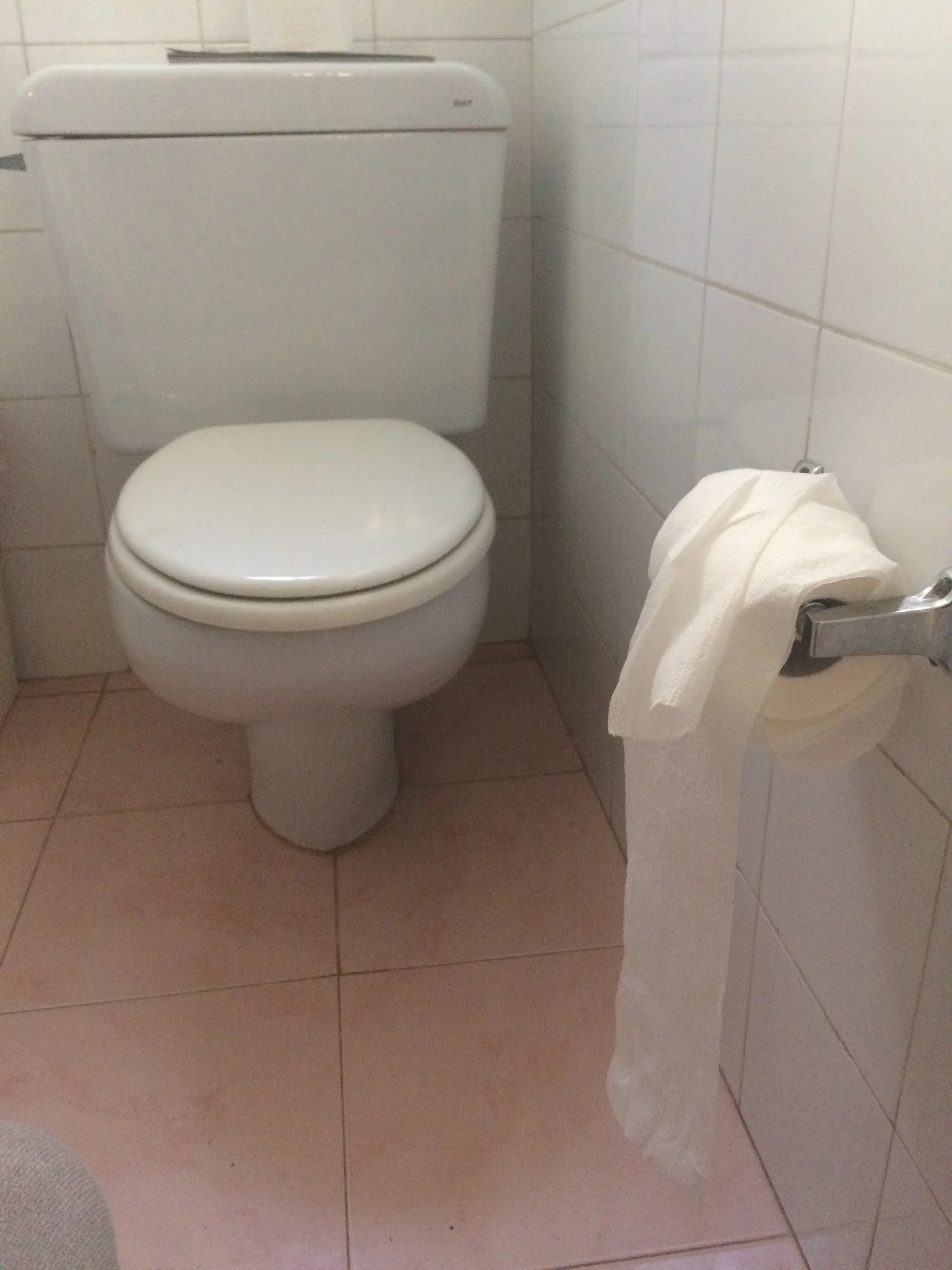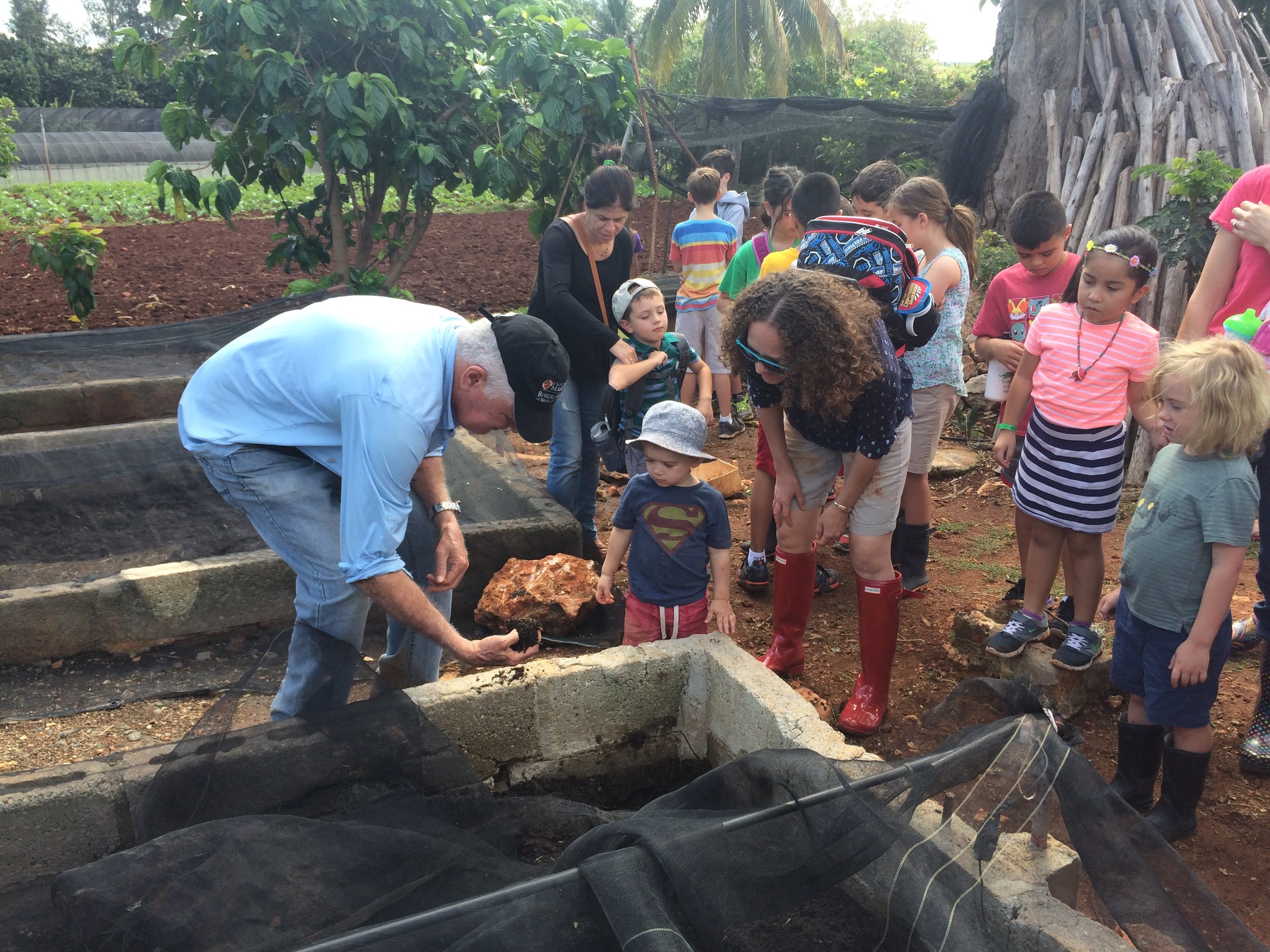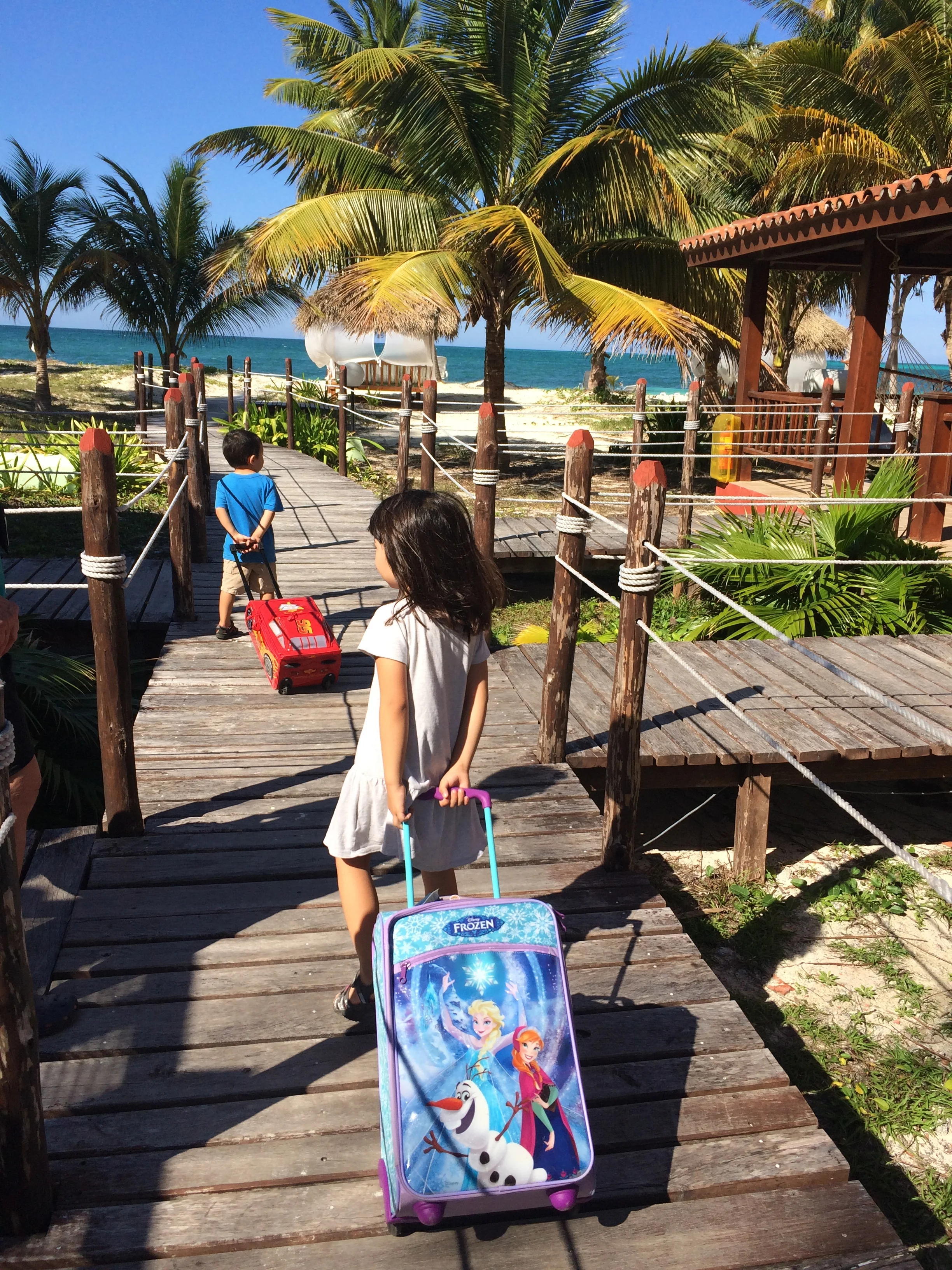A typical American playground -- the type of thing we dreamed of from Cuba.
I haven't written in a while because we're on a two-and-a-half month vacation in the United States. The idea of such a long vacation sounded exciting, until several months ago, while we were still in Cuba, I started thinking about the logistics. A few weeks of vacation is great, but ten weeks of it meant a lot of unstructured time – not just for my husband and me, but also for our three- and five-year-olds. It would take them out of school and their normal routines. Frankly, it sounded like it was going to be a disaster. And even though we live a fairly unconventional life overseas, I'm still a person who likes routines, especially my daily writing habit. The more I thought about it, the idea of bouncing around the U.S., with two children in tow, sounded less and less appealing.
We also had to figure out exactly what we would do on such a vacation. We’d lived right near the beach in Cuba for the last two years, so the ocean didn’t appeal. I’m a city person, whereas my husband loves the mountains and nature – the more trees there are, the happier he is. I’m a southern California native, and my husband is from Massachusetts. We had family and friends spread out between California and the East Coast.
The key to surviving this with two young children, I realized, would be to minimize our movements, limiting ourselves to two places. My husband and I, after several back-and-forth conversations, came up with a compromise: we’d split our time between a small, rural mountain community in California called Mammoth Lakes and a big city on the east coast, Washington D.C. We chose homes that would have access to safe playgrounds, book-filled libraries, and kid-friendly activities – all of which sounded exotic to us after living in Cuba for two years. Both places would be experiments – what would it be like to live in each place with two kids? Would we prefer rural America or life in a big city?
Still, the idea of entertaining and keeping the kids occupied for days on end sounded daunting -- until we decided to ask our nanny in Cuba, L, to come along with us. She said yes in a heartbeat. She loves the children as if they were her own, and the kids affectionately call her "abuelita," or grandma. We also realized that this would help ease the transition out of Cuba for the kids. (After our 10-week holiday, we would be moving to Beijing, China).
There were plenty of obstacles ahead of us -- including getting L a work visa to the United States, packing up our entire house, and saying good-bye to all our friends in Cuba. But, as the pieces came together, I began feeling less fearful of the idea of a ten-week-long vacation.








